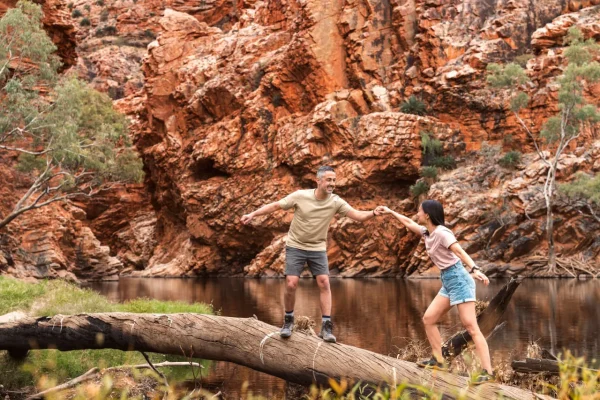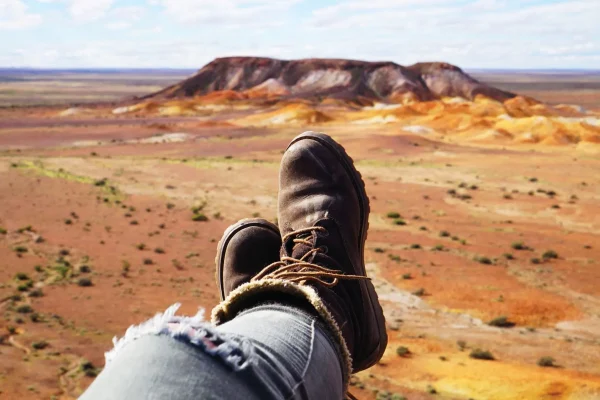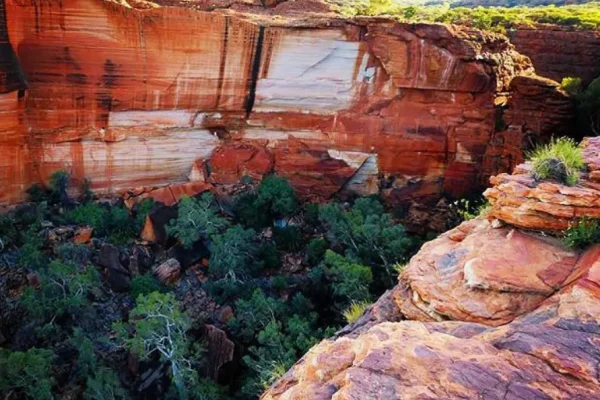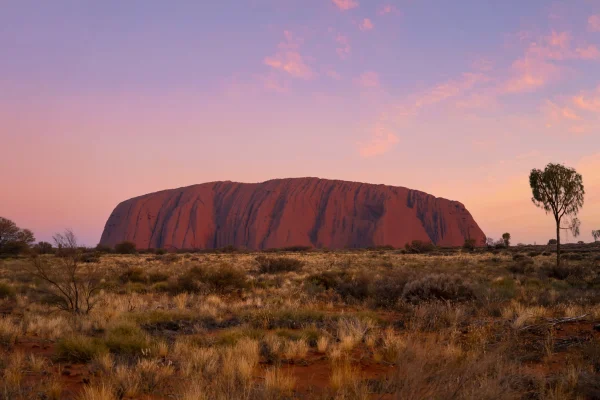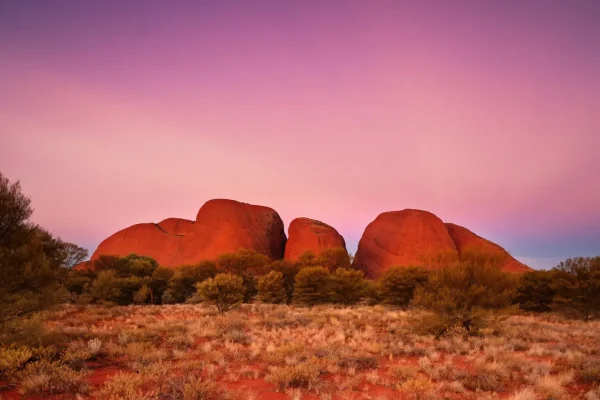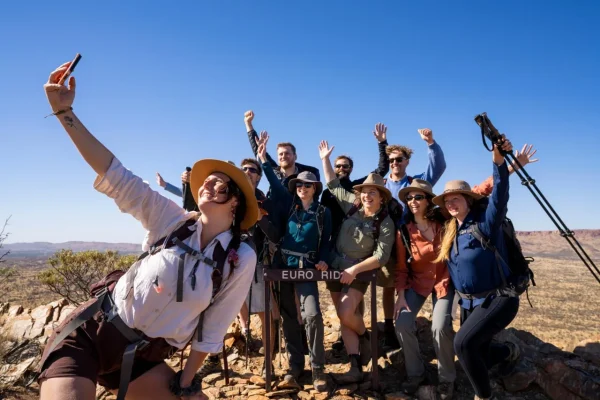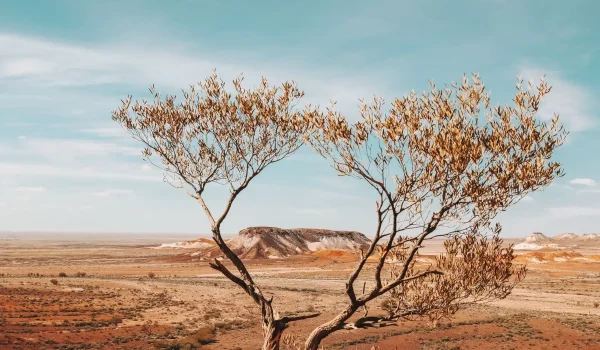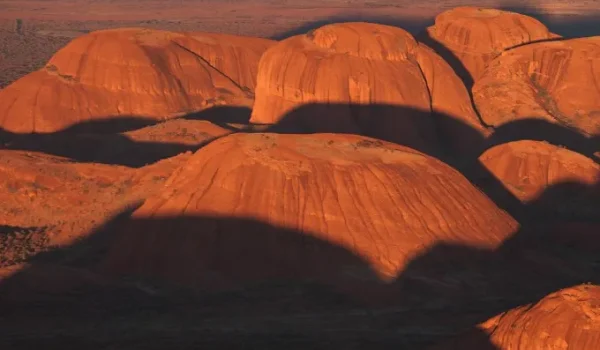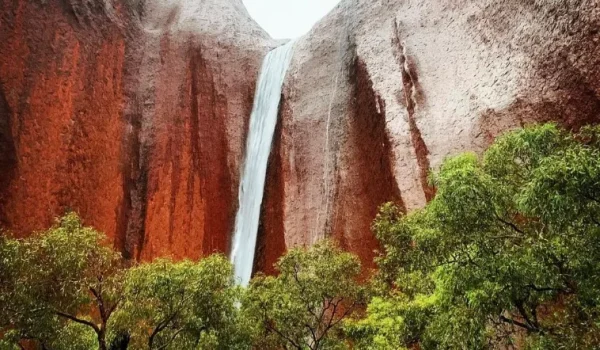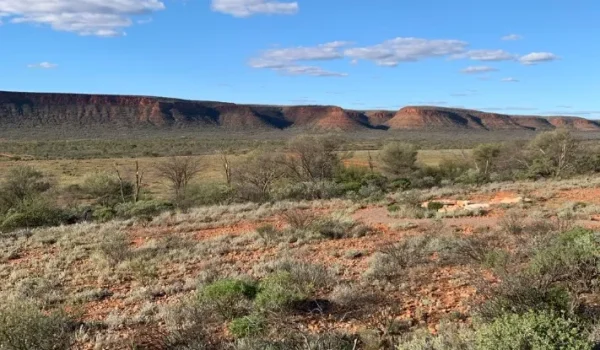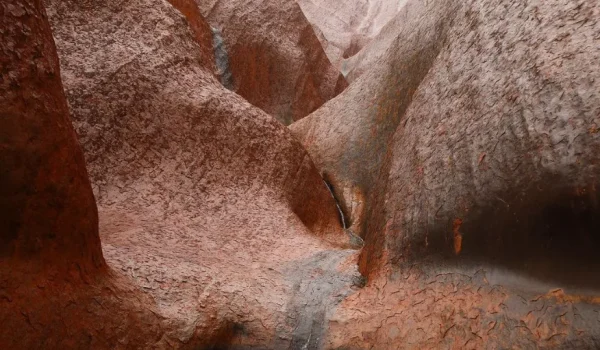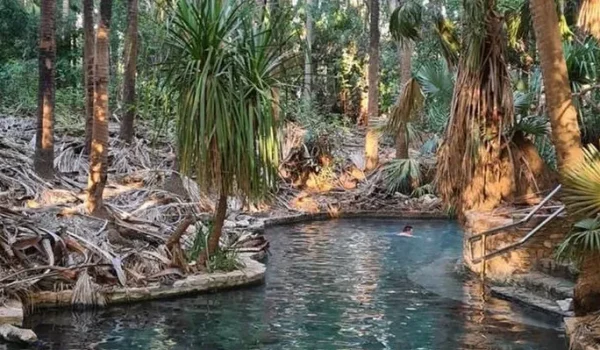The traditions of Anangu People
An interesting fact is that Kata Tjuta means ‘many heads’. It is a sacred place to the local Anangu Aborigines, who have inhabited the area for over 22,000 years and have regarded it as an essential part of their spiritual life. You can also join a cultural tour to learn more about the sacred history of the area and the stories of the Dreamtime.
Uluru-Kata Tjuta National Park is an Aboriginal land. Its traditional owners, Anangu, manage it along with Parks Australia. UNESCO recognizes the park as a World Heritage Site for its natural and cultural values.
The Olgas is another name of Kata Tjuta
Kata Tjuta was given this name thanks to its tallest peak, Mount Olga, which heightens more among nearby rocks.
Ernest Giles named Mount Olga in 1872 after Queen Olga of Wurttemberg. However, the rock formations were given a second name, Kata Tjuta, which means ‘many heads’ in the Aboriginal language.
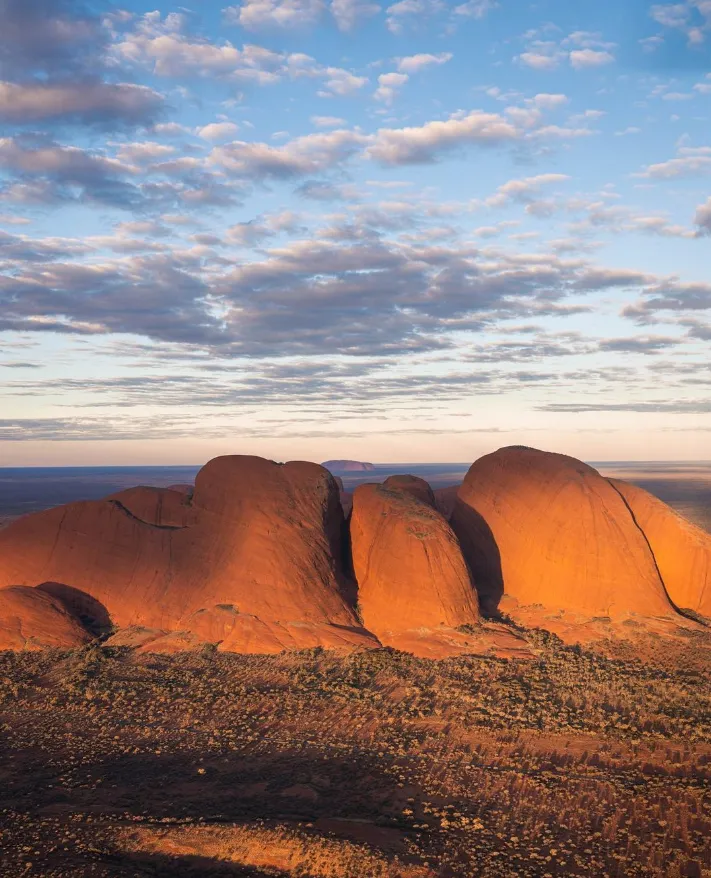
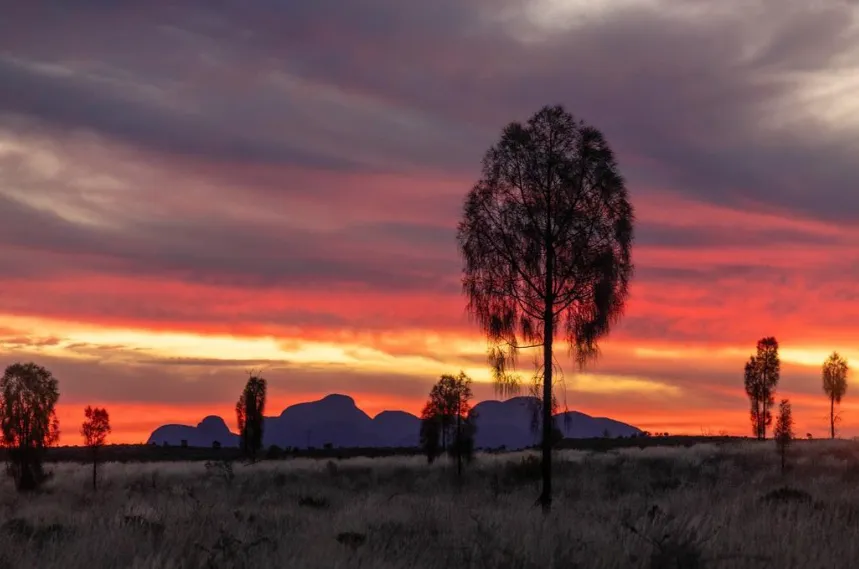
The Legends of Kata Tjuta
The landscape around Kata Tjuta and Uluru is sacred to Australian Aborigines, which explains why many stories are associated with these mountains.
Some legends tell about the snake, called the King Wanambi, who was believed to have lived on top of Mount Olga and only descended to ground level in the dry season. His breath was believed to turn a breeze into a hurricane; in such a way, those who committed evil deeds in the region were punished.
Despite the rich heritage, much of the mythology is concealed from outsiders or tourists. Moreover, according to Aboriginal tradition, if a woman finds out of “men’s business”, she probably becomes the victim of violence.
The Anangu natives have a slightly different view of Kata Tjuta. They believe the rock formations contain the energy of the spirits of “sleep”. Since 1995, after a break of several years, cultural ceremonies have been held at the site.
Traveling through the Olgas
For a more incredible adventure, visitors can explore the Valley of the Winds on a longer trail that offers unforgettable views. This walk takes about three hours and can be very tiring because of the hot weather, but the lush foliage accumulated between the Olga’s spires is well worth seeing. If you don’t want to walk in the scorching heat, there is another option to enjoy the views from the observation deck on the Kata Tutu dunes near the car park.
Kata Tjuta is 200 kilometers south of Alice Springs, where the Uluru-Kata Tjuta tours start. Olgas is a stop on all routes to Uluru, allowing travelers to see in person the natural phenomenon that forms these two rock formations. Similar to Ayers Rock, during the sunset the colors of the sandstone change from vivid reds and oranges to blues, purples, and pinks. For those who visit Kata Tutu alone, it’s important to consider the distance that separates civilization from these famous tourist attractions. From Alice Springs, Olgas, and Uluru can be reached in 4.5 hours.
If you travel through Red Centre, don’t miss the chance to see Olgas and learn about their importance to the community!
FAQ
What is Kata Tjuta and why is it important?
Kata Tjuta (“many heads”) is a group of 36 domes in Uluru–Kata Tjuta National Park. It’s both a natural wonder and a deeply significant cultural landscape for the Anangu Traditional Owners.
How do I get to Kata Tjuta from Uluru or Alice Springs?
Kata Tjuta lies about 40 km west of Uluru (a 30–40 minute drive) and ~200 km south of Alice Springs (about 4.5 hours by road). Most Uluru tours include a visit to Kata Tjuta.
Which walks should I do, and how hard are they?
Two main trails: Walpa Gorge (2.6 km return, easy–moderate, towering walls and desert flora) and Valley of the Winds (up to ~7 km, moderate–challenging, superb lookouts; start early and carry plenty of water).
When is the best time to visit and what will I see?
Sunrise and sunset light up the ochre domes with shifting reds, purples, and pinks—unforgettable. In the cooler months, walking is more comfortable; summers are very hot, so go early.
How can I visit respectfully?
Stay on marked tracks, follow signage (some areas are culturally sensitive and may restrict photography), and learn more at the Cultural Centre. The park is jointly managed by Anangu and Parks Australia—please follow their guidance.

